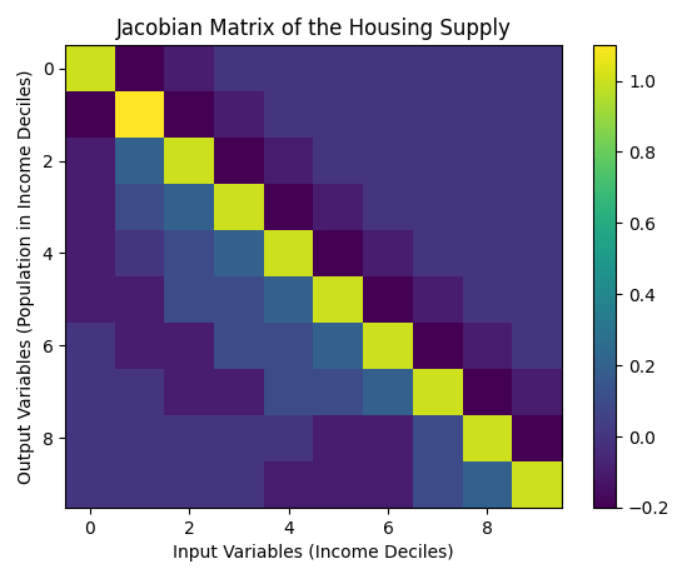The economics of Housing & Homelessness
Mast 2022
A Class Presentation of
In The News
When the interior space is no more than 25-30 feet from an open window
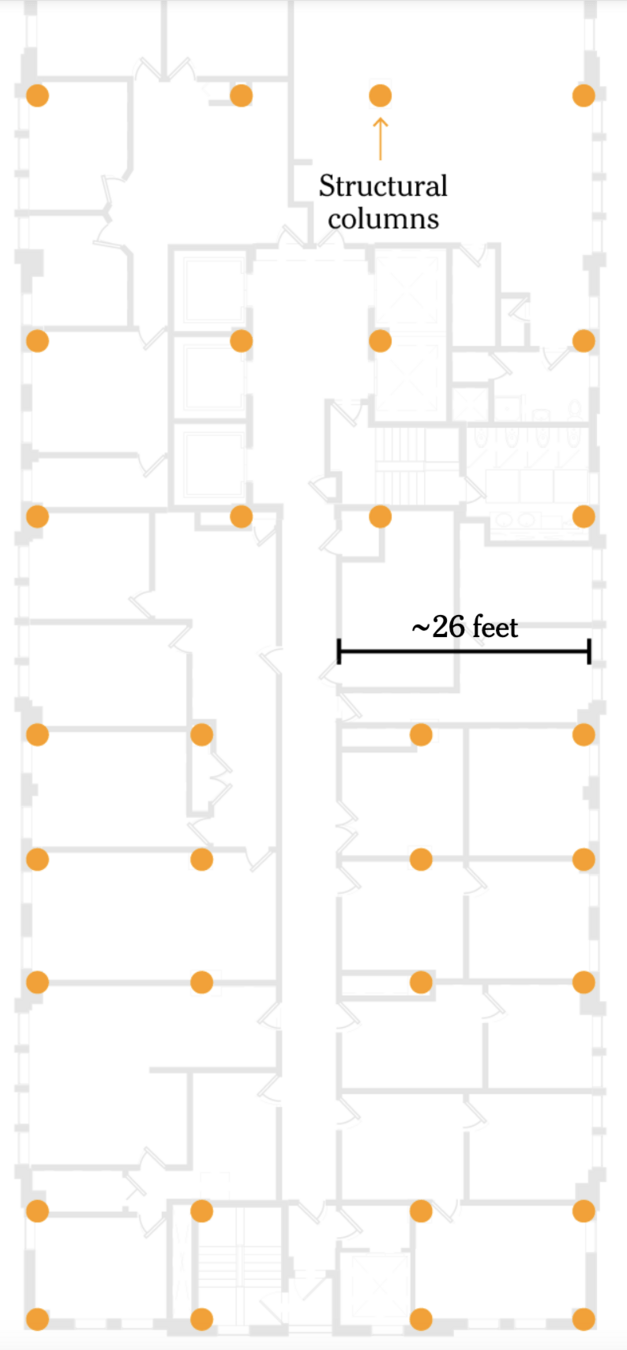
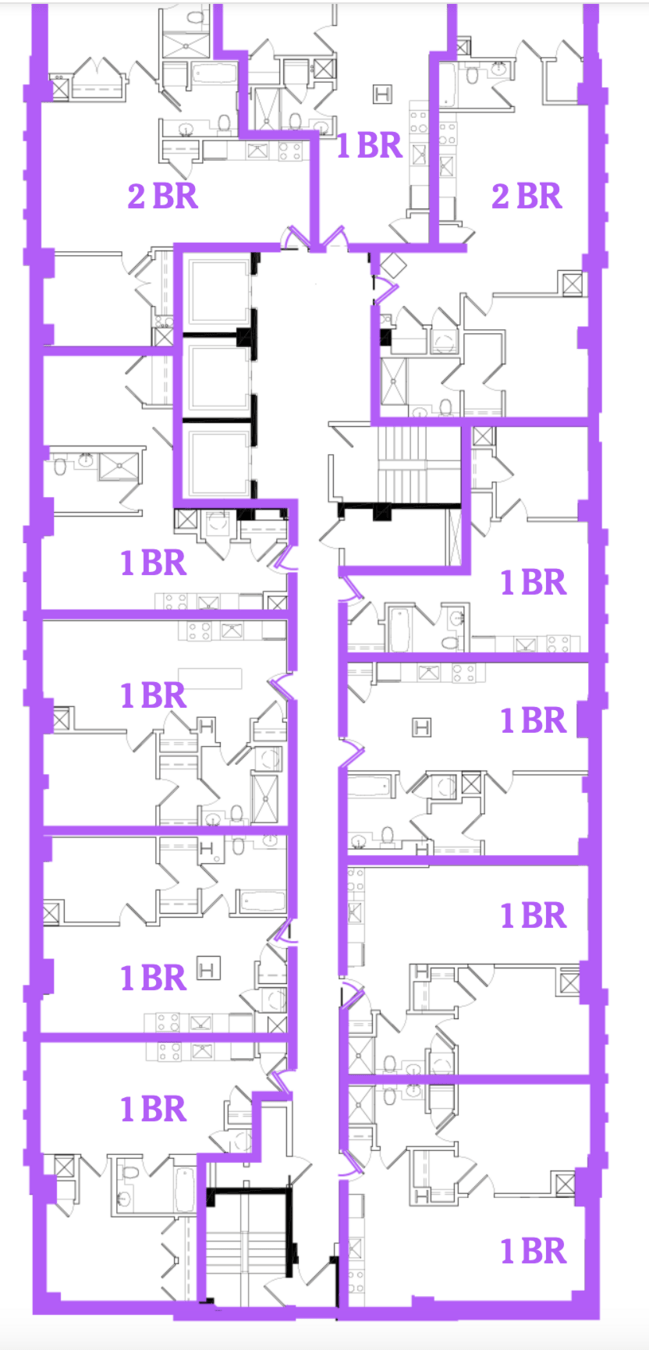
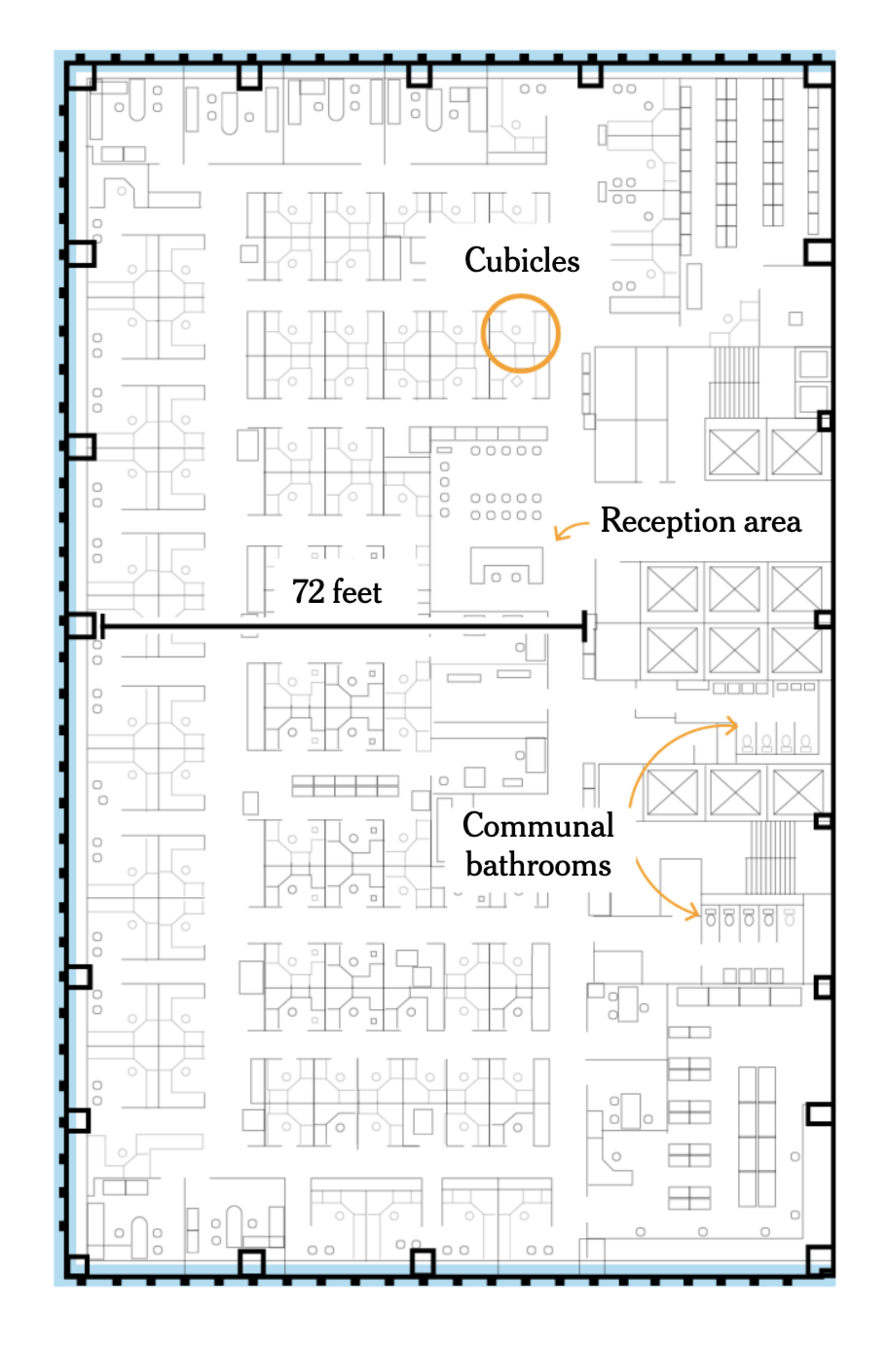
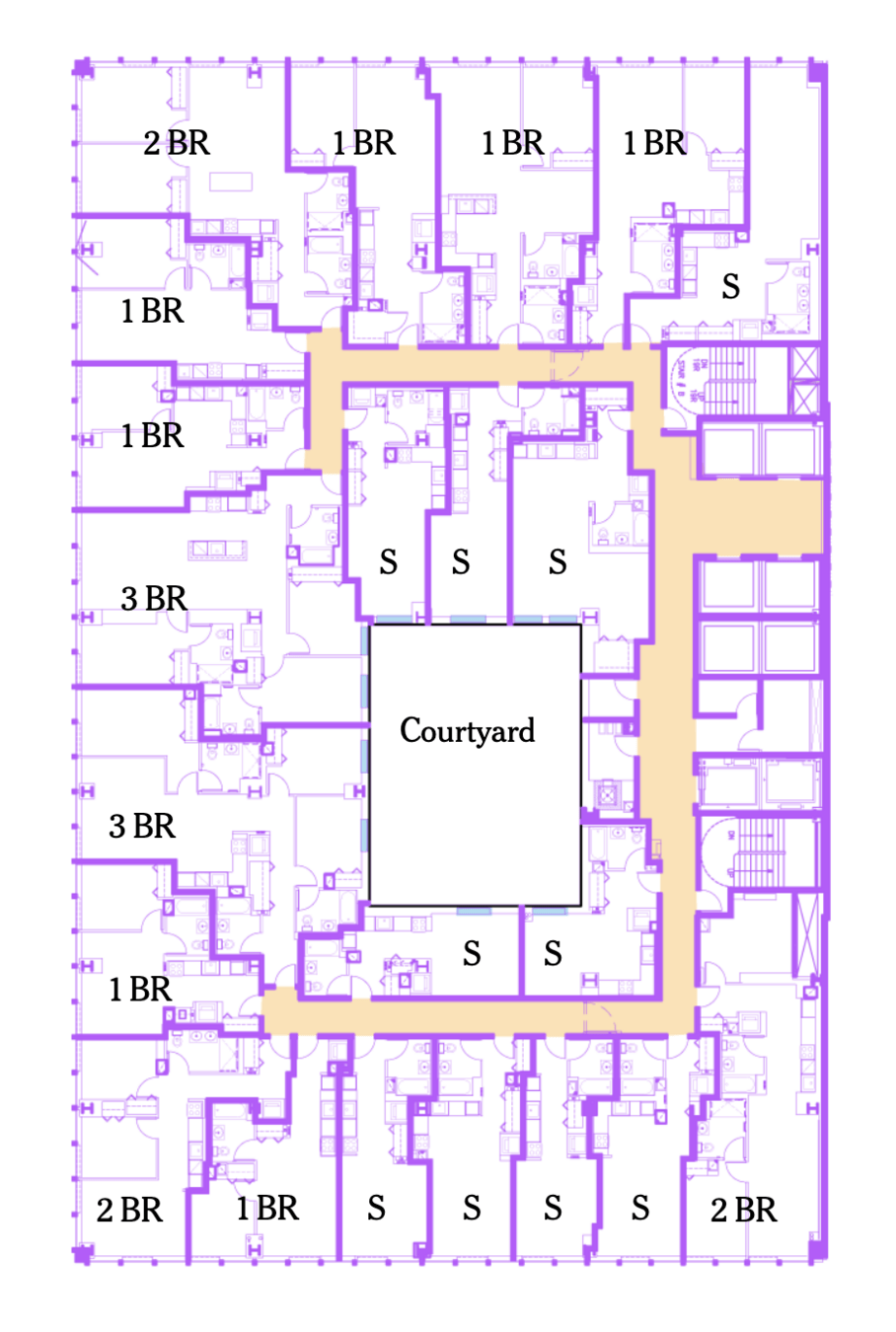
Windows that don't open
Buildings with larger floor plates
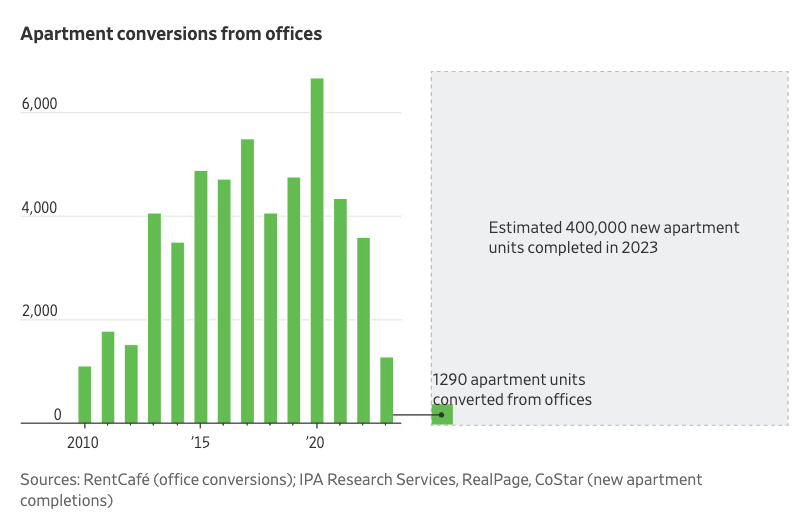
Conversions are easiest in older, lower-quality and mostly empty buildings with small floors. But less than 1% of office space in the biggest U.S. cities ticks those boxes, according to Avison Young
"That’s in part because in New York and many other markets, it’s hard to cover the costs of conversion while producing housing affordable to middle-class or lower-income residents."
Motivation for the Paper Today
The twin problems of too much unwanted office space and not enough housing
Calgary
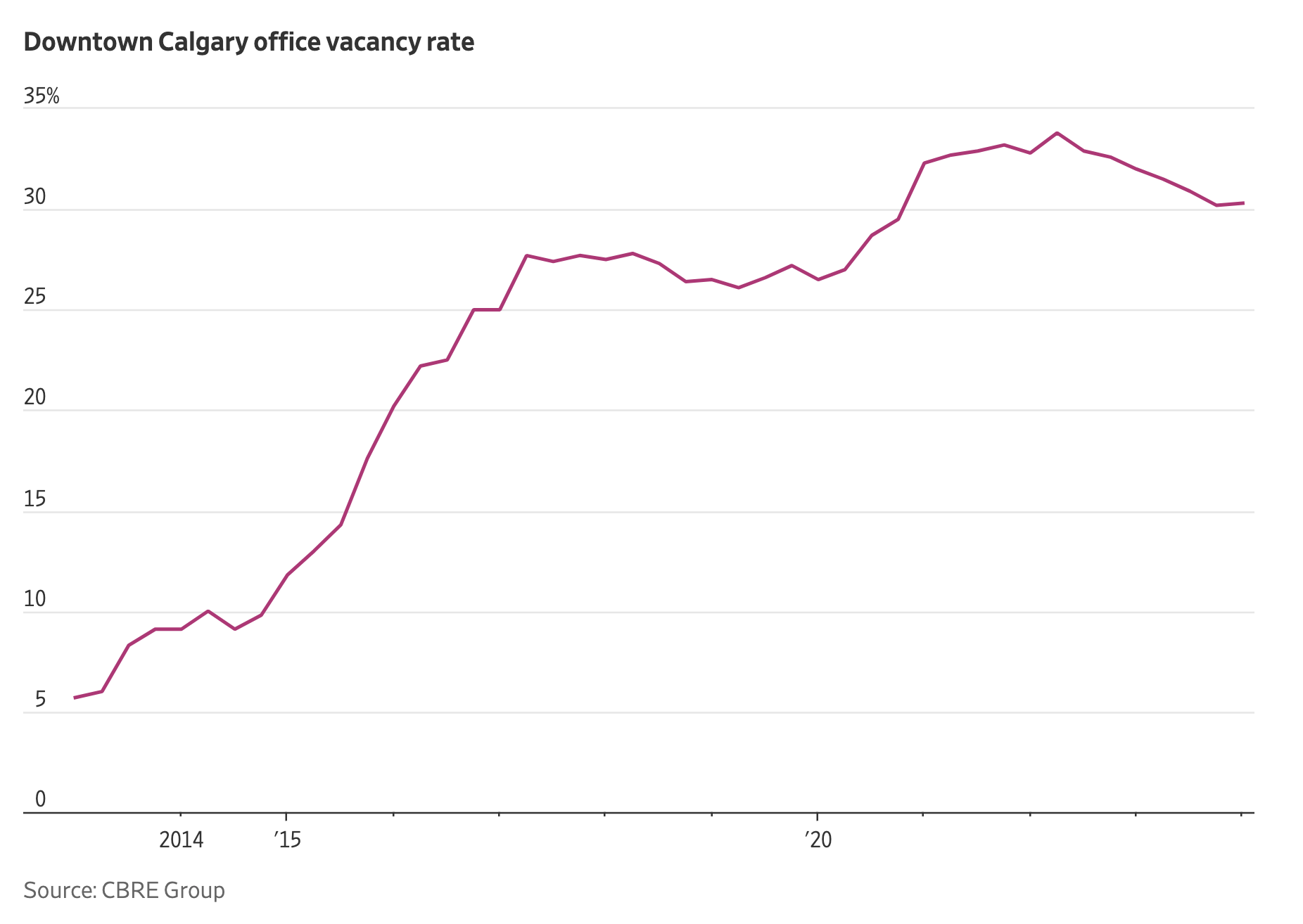
Unlike many conversion programs in the U.S., Calgary’s plan has no major strings attached, such as an affordable-housing requirement
Deep pockets are also important, because Calgary doesn’t pay the subsidy until the project is finished.
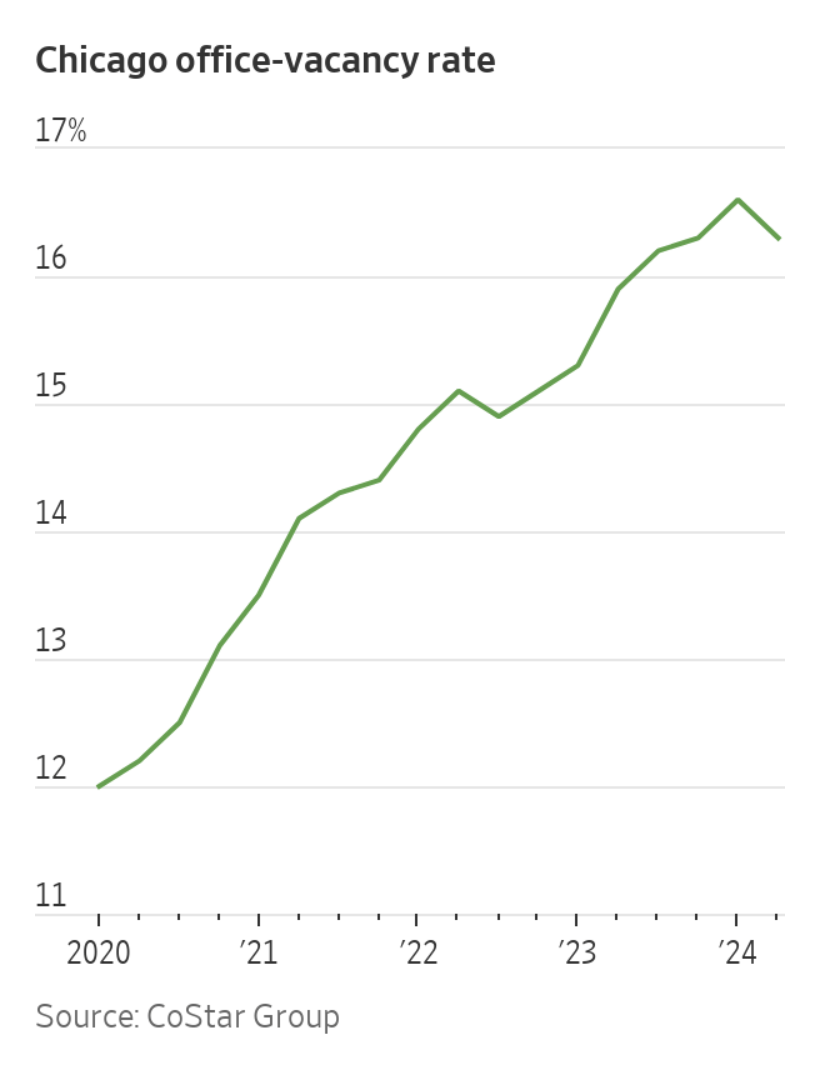
Under the plan—the most generous in the country—the city will provide $150 million to property developers to convert four buildings in the heart of the business district to more than 1,000 apartments, as long as about one-third are set aside as affordable units
Chicago
Overview

Migration chains started by new housing
"It appears that a short series of moves connects new construction and low-income areas"
- Mast
Quantity
Price
Supply
Demand
Census Tract Income Decile: 10
Quantity
Price
Supply
Demand
Census Tract Income Decile: 20
Quantity
Price
Supply
Demand
Census Tract Income Decile: 30
Quantity
Price
Supply
Demand
Census Tract Income Decile: 40
Quantity
Price
Supply
Demand
Census Tract Income Decile: 50
The Jacobian of Housing Supply
Housing Income Deciles
- Given a certain amount of housing development in each Income Decile this function tells us how many people live in each Income Decile
- Consider the following function
- One "rough" way to frame this paper as trying to estimate the Jacobain of this function
- In section 5.2, Mast essentially denotes the Jacobian of this function as
The Jacobian of Housing Supply
Findings
- "My results suggest that new market-rate housing construction can improve housing affordability for middle- and low-income households, even in the short run"
Pushback?
Ideal Thought Experiment
- What do we want to average over?
>> We want to average over all possible new buildings
- Randomly create a new building in a location
- Track how the housing chain evolves
Sequence of Thoughts
Time


Current
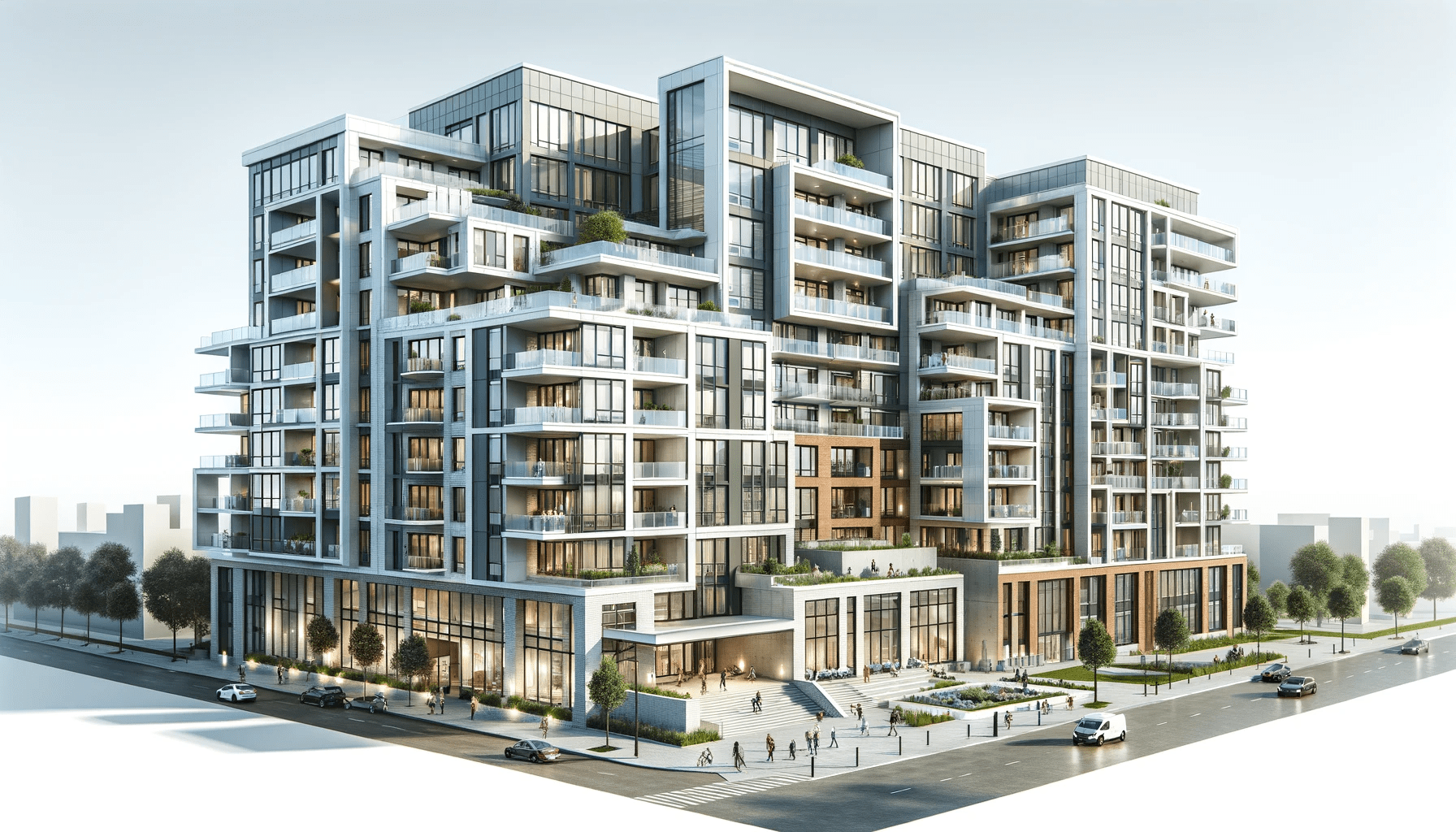




Origin
Subsequent


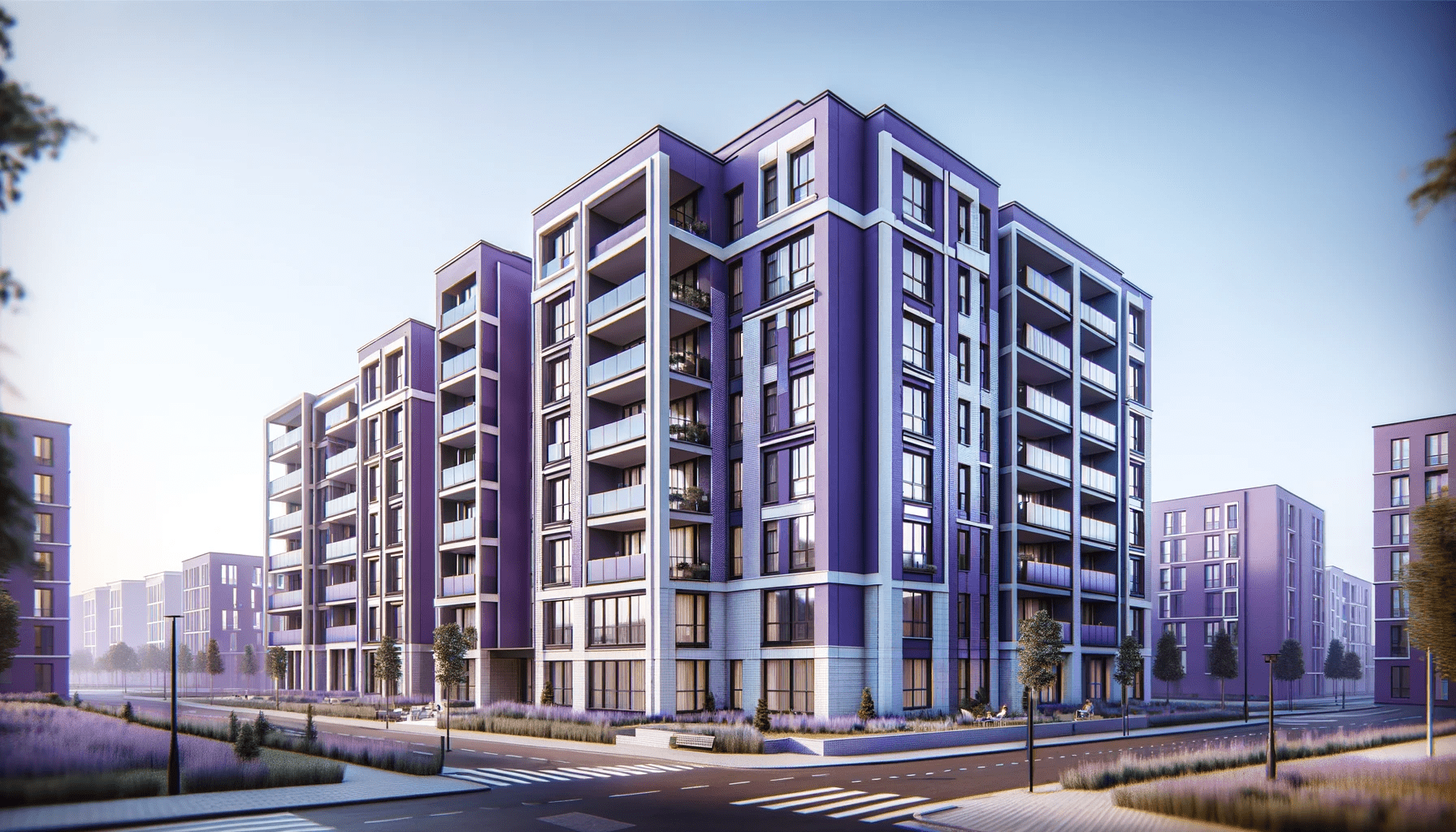

Subsequent
Origin
New Building
May 2012
August 2012
December 2012
Measure of Neighborhood Quality
Approach
Classification of New Buildings
- More than 20 people
- More than 90% of people moved in since 2009 (Does this include old buildings with high turnover?)
- Within 5 miles of central business district
- Within "above median income per capita" census tracts
Time


Current







All Current





All Current
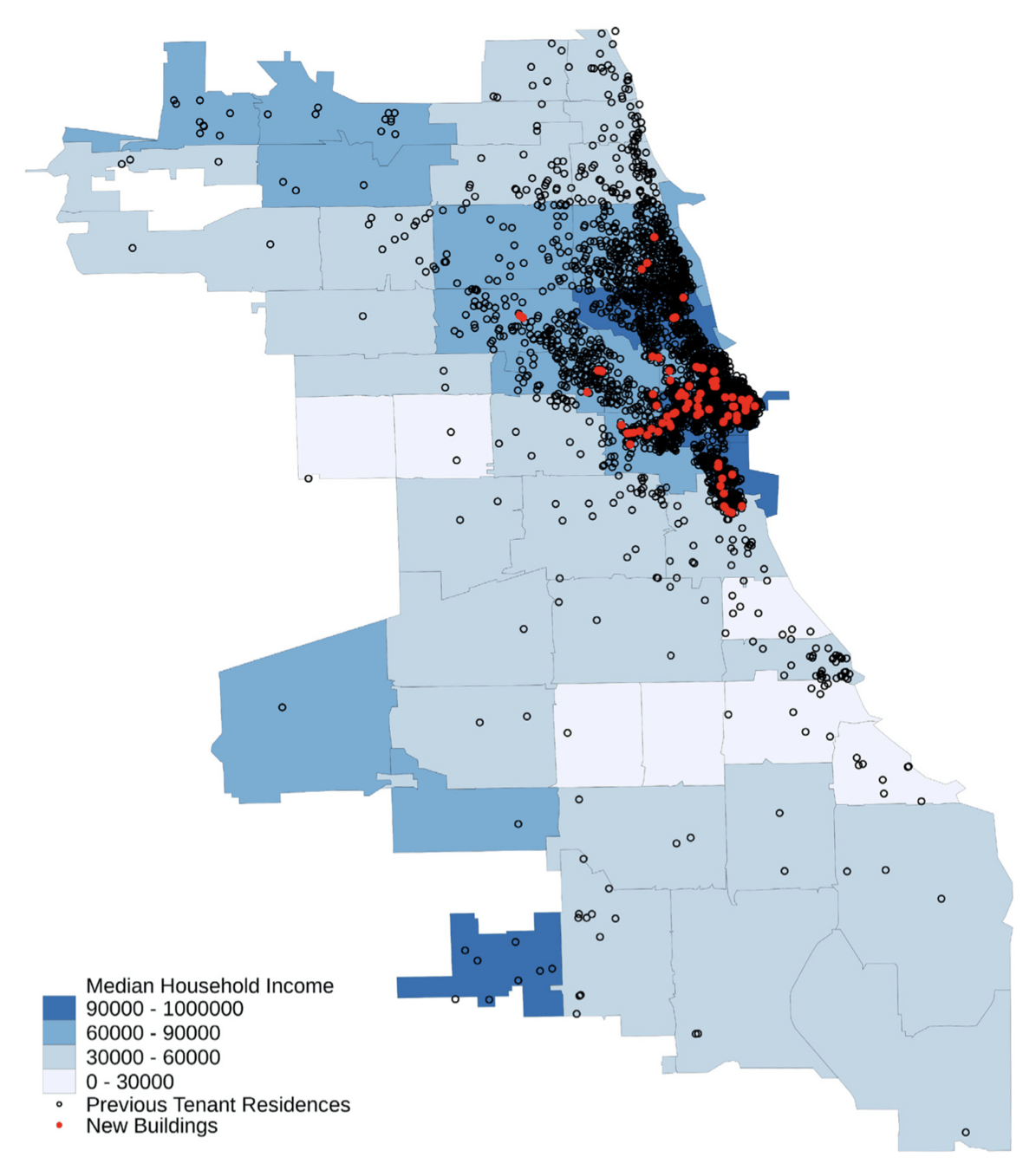
The majority of "local" movers are from higher income neighborhoods

Single Period Housing Transition Dynamics
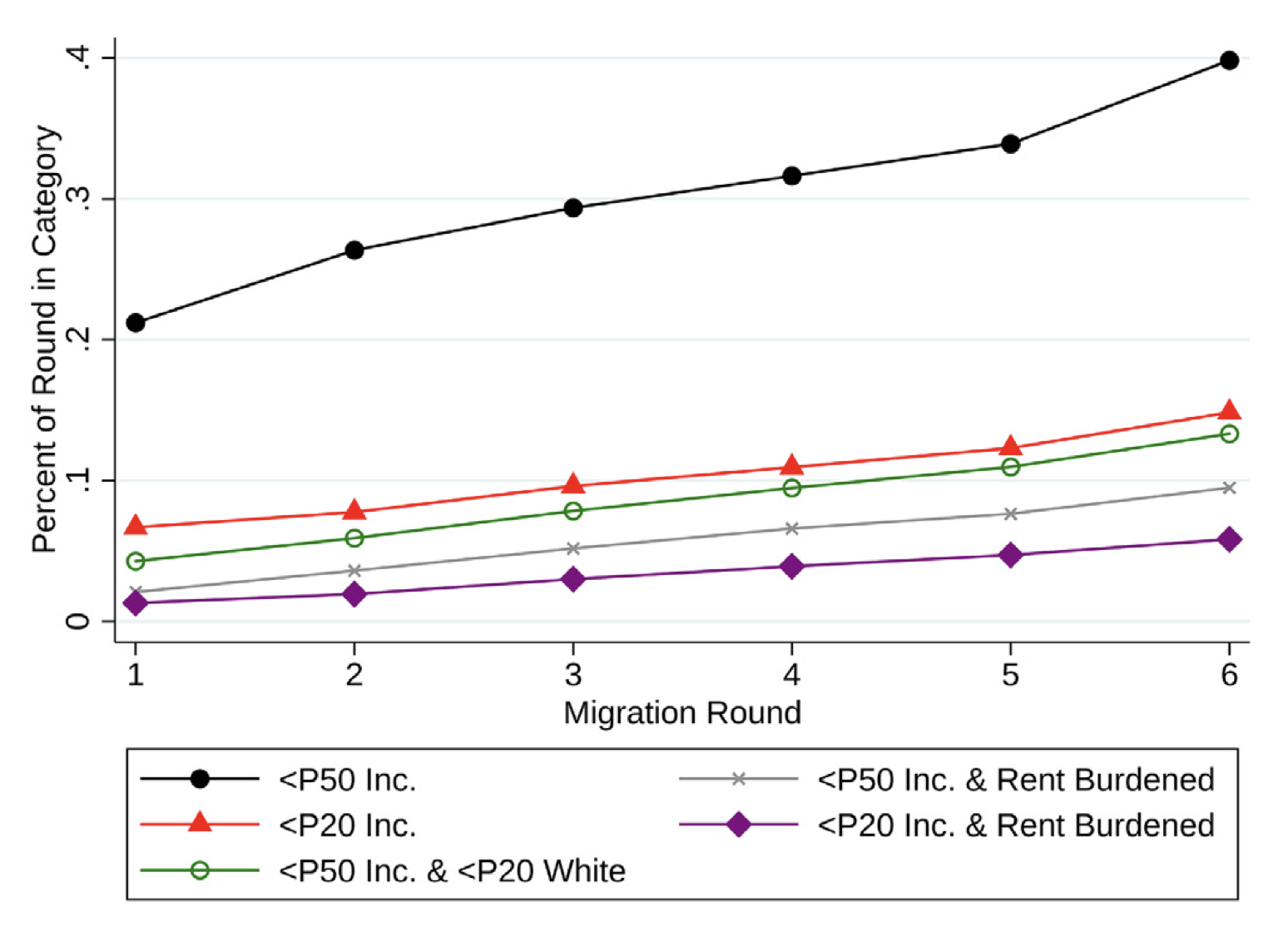
Main Empirical Result
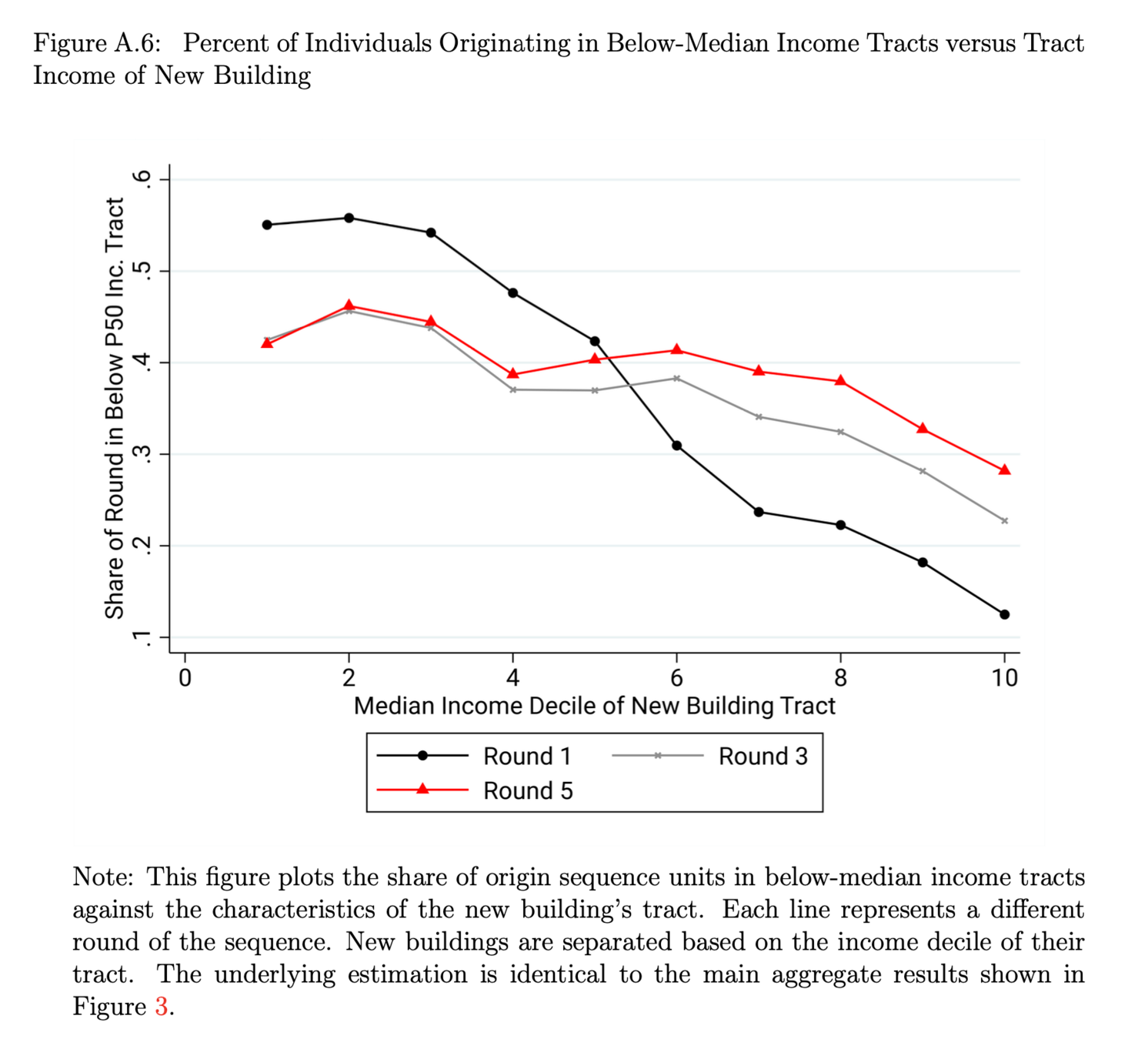
A
B
C
More General Empirical Result
Key Terms
"I thus classify units based on their census tract characteristics, as measured in the 2013-2017 American Community Survey (ACS)"
Geography
Census Tract
Core-Based Statistical Areas (CBSAs)
"I include twelve large Core-Based Statistical Areas (CBSAs) with well-defined city centers: New York City, Chicago, Dallas, Houston, Washington, Philadelphia, Atlanta, Boston, San Francisco/Oakland, Denver, Seattle, and Minneapolis."

